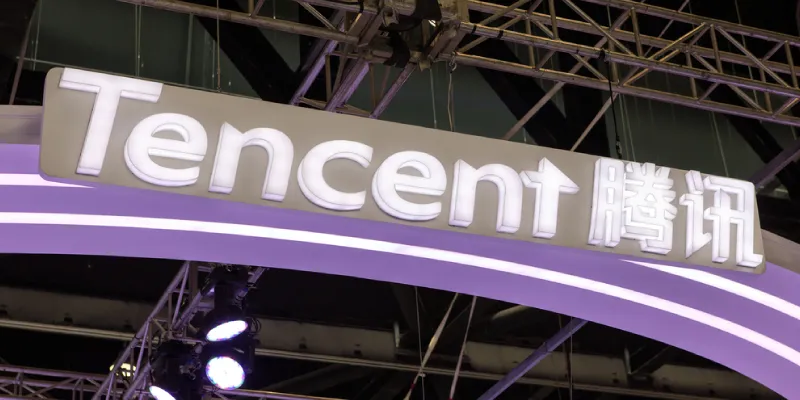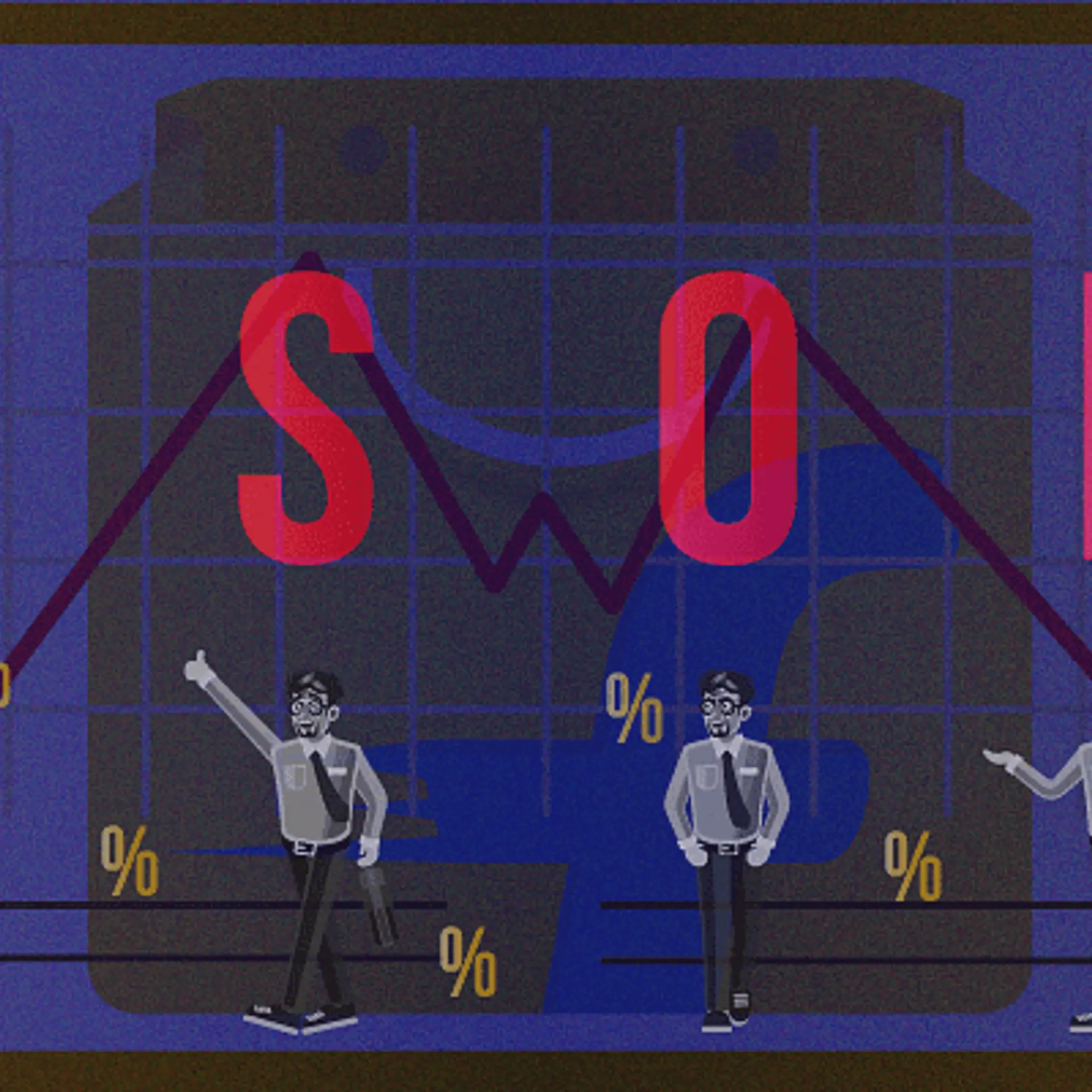No lines, no checkouts: Will Flipkart go the AmazonGo and Tencent way?
The future of retail is cashless, but India is yet to jump on the grab-and-go bandwagon. When it does, startups like BluePay and Perpule can help make the transition.
AmazonGo recently amazed the world by launching the world’s first connected store where everything - from store planograms to payments to supply chain - is integrated in a seamless manner. The technology is nothing short of fabulous.
The consumer walks into the store, the store recognises the customer, and it guides them through the aisles. Once the consumer picks up items, which are automatically charged to the consumer, he walks out of the store without standing in a checkout line to make payments. The technology also allows items picked up by the customers to be replenished by an intelligent stock replenishing system. The only humans are those that replenish the aisles and those making fresh food.
The smart store may be a new concept, but it seems like the “grab-and-go” idea is here to stay.
A week after the Amazon connected store in Seattle opened its doors to customers, we heard that Chinese ecommerce giant Tencent was also going the AmazonGo way.

Tencent recently opened an unmanned pop-up store in Shanghai, drawing more than 30,000 visitors in its first two days of operation.
The store, which opened on January 20 in a mall in Minhang is scheduled for a 16-day run till February 4, and sells chocolates, bottled water, juices, cookies, coffee mugs, and WeChat merchandise.
The technology architecture allows customers to use chat platform WeChat to buy items by directly linking to their bank accounts after scanning a QR code. The user need not use a card at all. The items in store have RFID tags, for replenishment, upon being sold. The customers scan each product and put them in their bag, which becomes a part of shopping cart in the app. The company is also working on facial recognition as a form of payment.
Tencent isn’t the only one experimenting with the unmanned retail format in China.
In July last year, Alibaba opened its unmanned Tao Café in Hangzhou. Chinese startup BingoBox has unstaffed convenience stores while retailer Suning said more than 10,000 consumers visited its unmanned shop in Shanghai in the first 50 days that it was in operation until the end of December.
There’s lots more happening around the world. US salad chain Sweetgreen announced it was going completely cashless in late 2016. In Seattle, coffee giant Starbucks has started testing cashless stores. Healthy-eating chain Tossed opened the first cashless restaurant in London earlier this month while British supermarket chain Waitrose revealed plans to introduce its first cashless store.
Clearly, in today’s fast-paced world, consumers expect speed and convenience, but along with personalisation and choice.
The benefits to consumers are obvious — there’s no need to wait in line or pull out your card at the payment counter. But the cashless concept has benefits for the retailer as well.
By tracing your movements in the store as you shop, as you pick up items and put them back on the shelf, the company can figure out items you may have noticed or may be interested in, and could make more product recommendations when you’re online.
Could this be the signal for Indian companies like Flipkart to try the brick-and-mortar route, sans human presence in the store? Done right, Indian retailers could offer a wide choice and increase customer loyalty by giving the customer what s/he wants.
Is it possible to walk the cashless path?
China’s banks handled more than 25.7 billion mobile payments in a year. It’s time that India can leverage digital payments, which are dismal - around 8 billion payments per year.
But going cashless is possible - if not now, in the near future. There are several startups that can help Indian ecommerce companies take this step.
Mukul Bafana, CEO of Arvind Internet, says: “India should promote the use of UPI, the Indian digital payment platform. It is the easiest way to transact in all retail transactions. Vendors, banks, and customers should all be pushed to use this convenient platform to promote digital payments in India.”
Even startups echo what Mukul says. Perpule and BluPay are already enabling retailers to go cashless. Perpule works with HyperCity, while BluPay has engaged with several retailers such as Future Group.
The Perpule app also allows the retailers to engage with regular customers by using insights to create powerful campaigns that can track customer purchases. Apart from taking a small percentage of the transactions as a fee, the company works on annual contracts for promoting retailers' marketing collateral. At its heart, this is a software company which is killing lines.
BluPay is also similar. The system will connect to Bluetooth routers, which will allow customers to scan (from the BluPay app) all the products and immediately click on 'pay' using different financial platforms. The scans capture the information at the quick checkout tills at the store, and the consumer is out of the store in minutes.
We may have several years to go before we have an Amazon Go round the corner, but we are taking baby steps.
“If we get retailers to move beyond digital wallets and straightaway promote UPI, India can beat several global economies in digital payments,” Mukul says.
The timing is just right. Budget 2018 may include a road map force digital payments and force banks to push the usage of UPI. If that happens and digital payments surge, cashless stores are the next step. Cash might be king, but not in stores.







